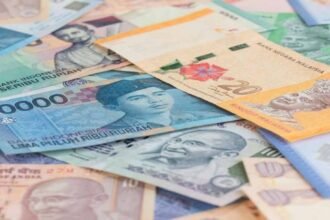What’s going on here?
Emerging Asian currencies, like the South Korean won, are climbing as a weakening dollar and changing expectations for a Federal Reserve rate cut sway capital flows in the region.
What does this mean?
Recently, the South Korean won has risen around 0.5% following a 25-basis-point rate cut by the Bank of Korea, which aligns with regulatory easing moves in Indonesia and the Philippines. This shift comes as bets increase on a smaller rate cut by the Federal Reserve next month, after weekly jobless claims rose in contrast to a strong US jobs report that initially supported the dollar. The prior strength of the dollar had led to capital outflows from riskier Asian assets, with Citi analysts noting significant fund withdrawals from Indonesia and Thailand. Meanwhile, Asian equity markets showed mixed results: gains in Jakarta, Bangkok, and Taipei, but losses in Manila and Mumbai.
Why should I care?
For markets: Investors weigh the changing tides.
Emerging Asian currencies are gaining as expectations for Federal Reserve rate hikes ease. This has led to varied performances in regional equity markets, underscoring the need for investors to remain attentive to central bank signals and global economic indicators.
The bigger picture: Global economics in focus.
Japan’s finance minister’s participation in key international summits highlights the broader economic interactions shaping policy and market dynamics. These global dialogues influence strategies and capital flows worldwide, preparing the groundwork for future economic maneuvers.





















